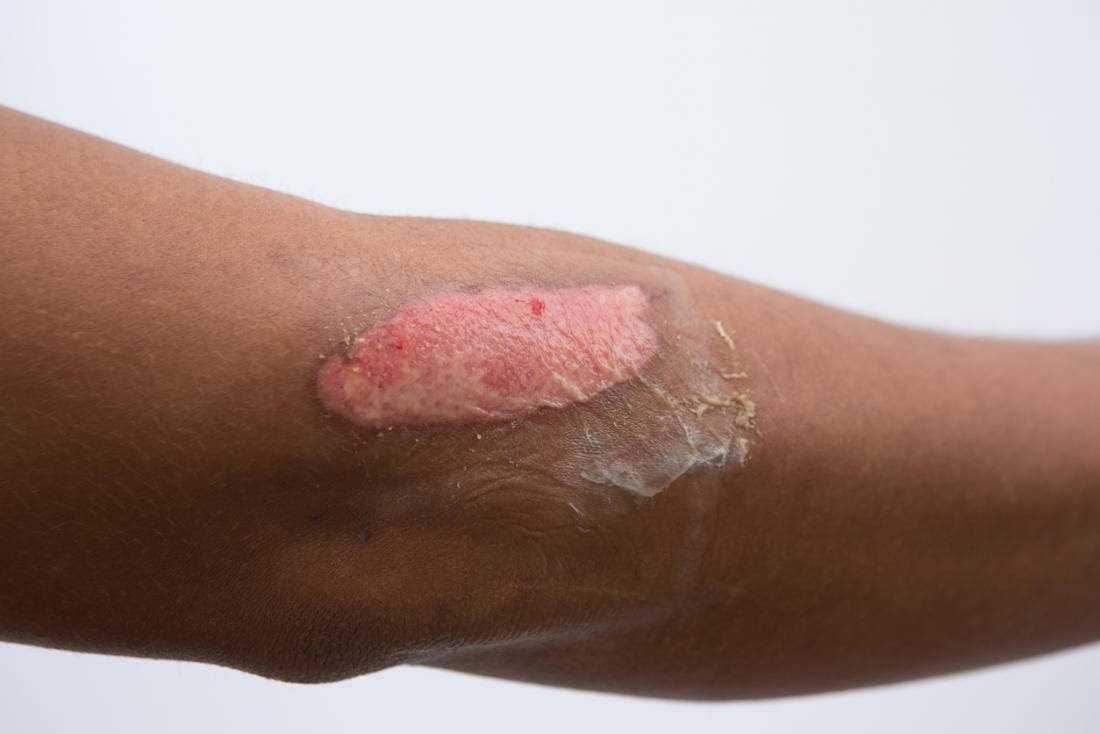

A first-degree burn is a minor burn, but a second-degree burn will have further damage to the skin's layers. Burn classification.Determine if you have a first or second degree burn.
1ST DEGREE BURN ON HANDS HOW TO
How to treat a first-degree, minor burn.You can learn more about how we ensure our content is accurate and current by reading our editorial policy. We link primary sources - including studies, scientific references, and statistics - within each article and also list them in the resources section at the bottom of our articles. Medical News Today has strict sourcing guidelines and draws only from peer-reviewed studies, academic research institutions, and medical journals and associations. a change in the color and general appearance of the burned area.the burn beginning to drain yellow or green liquid.People should always pay close attention to first degree burns and watch for signs of possible infection, such as:
1ST DEGREE BURN ON HANDS SKIN

avoiding popping any blisters that may develop, as this can increase the risk of infection and scarring.covering the burned area with a nonstick bandage and changing the bandage three times a week or, if there are signs of infection, every day.refraining from applying butter or toothpaste to a first degree burn, as this can increase the risk of infection and prevent healing.applying petroleum jelly to the burn two or three times daily.cleaning the burned area gently with mild soap and water.plunging the burned area into cool (not ice cold) water right away and keeping it there for at least 5 minutes or applying cold, wet compresses (not ice) to the area until the pain subsides.removing clothing, watches, rings, and any other jewelry near or covering the burned area.

People can take steps to treat a first degree burn at home.
1ST DEGREE BURN ON HANDS FREE
It is essential to keep the affected area clean, protected, and free of infection. Children and older adults may wish to take extra precautions by seeking medical attention. If the burn affects a large surface area or might be more severe than first degree, it is advisable to consult a doctor. Home treatment is the most common way to treat a first degree burn.Įven though most first degree burns do not require treatment by a medical professional, it is still crucial to treat these injuries carefully.


 0 kommentar(er)
0 kommentar(er)
